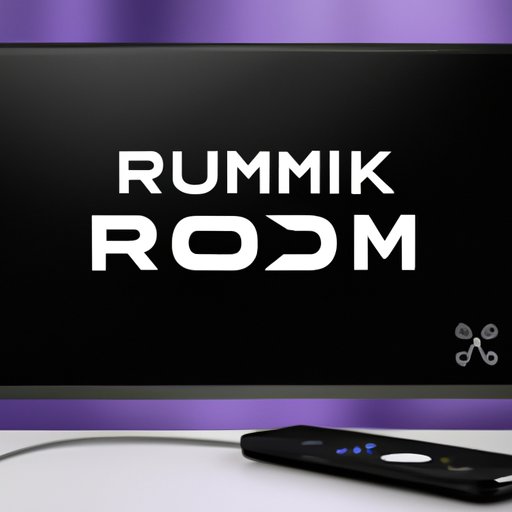Introduction
Screen mirroring is the process of displaying the screen of a device, such as a phone or computer, on a larger screen, such as a television. This powerful feature allows users to share videos, photos, presentations, and even play games on a bigger display. Roku offers a seamless screen mirroring experience, making it easy for users to enjoy their favorite content on a larger screen. In this article, we will guide you on how to screen mirror on Roku.
Step-by-Step Guide
The first step is to ensure that both your Roku device and the device you want to mirror from are connected to the same Wi-Fi network. Next, go to the Roku home screen and navigate to “Settings” > “System” > “Screen mirroring”. Make sure that “Screen mirroring mode” is set to either “Prompt” or “Always allow”.
On your device, open the screen mirroring option and select your Roku device from the list of available devices. This will begin the screen mirroring process, and you should see your device screen displayed on the Roku-connected TV.
If you encounter any issues, you can try restarting both your Roku device and the device you’re mirroring from, or make sure your software is updated.
Video Tutorial
For visual learners, we’ve included a video tutorial that shows step-by-step how to screen mirror on Roku:
Comparing Different Methods
There are different methods available for screen mirroring on Roku, such as using the Roku mobile app or screen mirroring from a computer or Android device. Using the Roku mobile app is great for users who want to use their phone or tablet as a remote control or share photos and other media files.
Screen mirroring from a computer or Android device is ideal for users who want to display their computer screen or play mobile games on a larger screen. However, this method may require extra setup and configuration, such as installing the Roku app on your device or enabling file sharing.
Troubleshooting Tips
If you’re experiencing any issues with screen mirroring on Roku, try the following troubleshooting tips:
- Ensure your Roku device is updated to the latest software version
- Restart both your Roku device and the device you’re mirroring from
- Check that both devices are connected to the same Wi-Fi network
- Make sure that screen mirroring is enabled in the Roku settings
- Try reducing the resolution or quality of the media content you’re mirroring
Use Cases
There are many ways to take advantage of the screen mirroring feature on Roku. Here are some popular use cases:
- Streaming videos from your phone or computer on a larger screen
- Sharing photos or presentations with a group
- Playing mobile games on a bigger display
- Browsing the internet and social media on your TV
User Feedback
Here are some examples of feedback from Roku users who have used screen mirroring:
“The screen mirroring function on Roku is smooth and seamless. I love being able to stream videos from my phone without any buffering or lag.”
“I often use screen mirroring to play my mobile games on the TV. The extra screen real estate makes a huge difference!”
Insider Tips
Here are some insider tips and tricks for screen mirroring on Roku:
- Make sure to adjust the screen resolution and sound settings to optimize your viewing experience
- Experiment with different mirroring methods to find the one that works best for you
- If you’re experiencing any lag or buffering, try reducing the resolution or quality of the content you’re mirroring
Conclusion
Screen mirroring on Roku is a powerful feature that allows users to enjoy their favorite content on a larger screen. With the step-by-step guide, video tutorial, and troubleshooting tips provided in this article, you can start screen mirroring on Roku with ease. Whether you want to stream videos, share photos, or play games on a bigger screen, Roku has got you covered.
